Follow Us:

Share
The FAB-3000 bomb is a powerful aerial bomb developed by Russia, categorized as part of the FAB series of high-explosive bombs used by the Russian Air Force.
The acronym “FAB” stands for “Fugasnaya Aviatsionnaya Bomba,” which translates to “High-Explosive Aerial Bomb” in English, highlighting its primary function.
The FAB-3000’s dimensions are significant, underscoring its role as a heavy-duty ordnance. The bomb measures approximately 4.5 meters in length (around 14.8 feet) with a diameter of about 0.6 meters (roughly 2 feet).
It weighs in at approximately 3,000 kilograms (around 6,614 pounds), making it one of the most massive bombs in Russia’s military arsenal.
Packed with a high-explosive filler, the FAB-3000 Glide Bomb is designed to unleash an immensely powerful blast upon detonation. The bomb’s explosive content typically consists of TNT blended with other high-energy compounds, although the exact mixture may vary.
Its purpose is to create a devastating explosion capable of neutralizing heavily fortified structures such as bunkers, enemy strongholds, and other key military targets.
When deployed, the FAB-3000 bomb delivers a destructive punch, generating a large-scale explosion that can obliterate targets across a substantial area. Its blast radius spans hundreds of meters, with the resulting shockwave capable of inflicting significant damage on buildings, infrastructure, and military assets.
Designed for maximum penetration and destruction of fortified locations, this bomb plays a critical role in Russia’s arsenal, ensuring its effectiveness against a variety of heavily defended enemy positions.
One of the most notable applications of the FAB-3000 bomb occurred during the early phases of the 2022 conflict, as Russian forces focused on neutralizing Ukraine’s military infrastructure. Strategic strikes were launched against vital Ukrainian military installations to weaken the country’s defense systems.
The bomb’s immense power was harnessed to destroy airfields, ammunition storage facilities, and command centers, causing significant destruction and disrupting military operations.
Another significant use of the FAB 3000 bomb was reported in the Donbas region, a hotspot of intense fighting between Ukrainian troops and Russian-backed separatists. The bomb was deployed to destroy fortified positions and underground bunkers, break through heavily defended zones, and clear the way for ground troops.
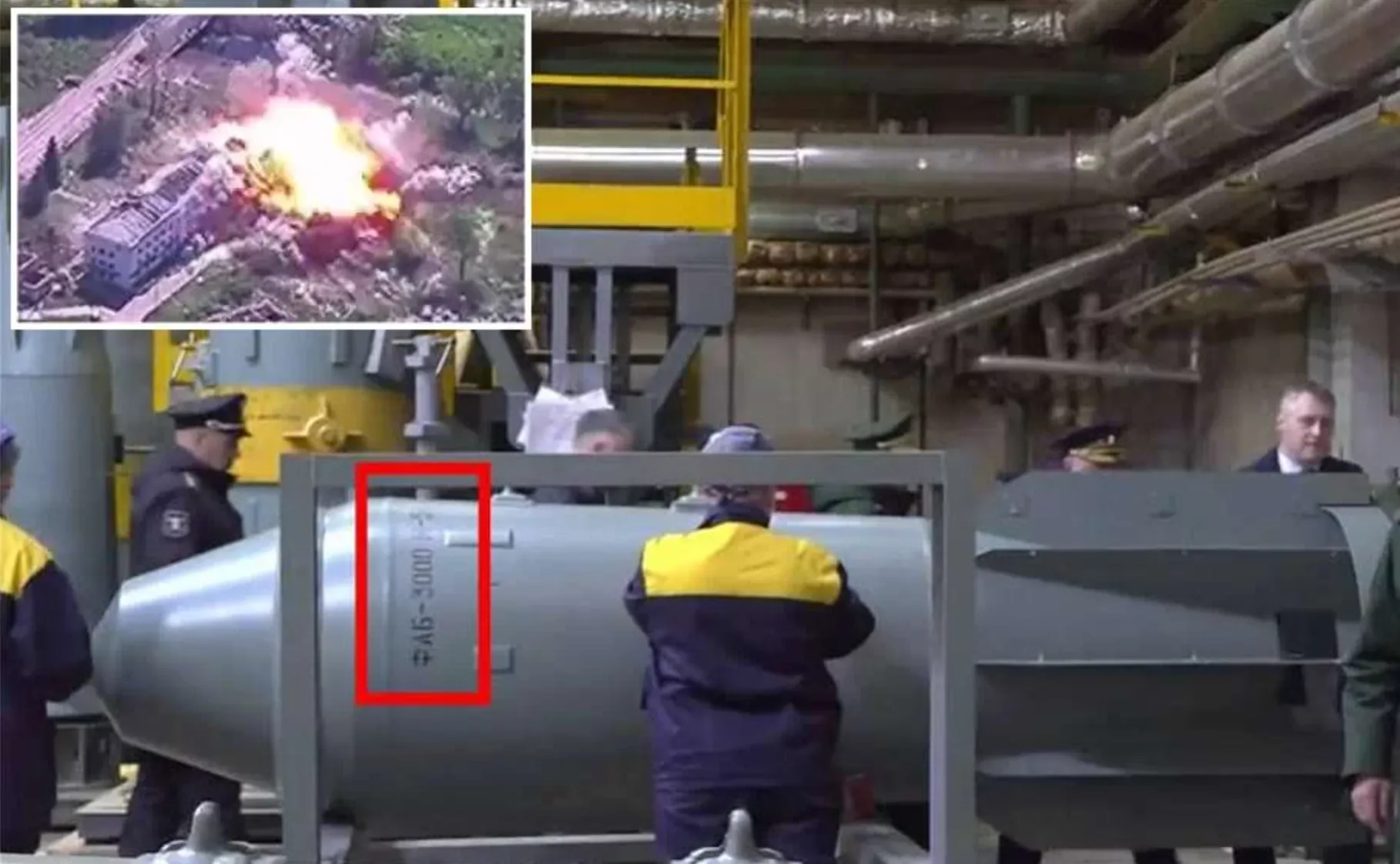
In addition to these major incidents, there have been intermittent reports of the Russian FAB 3000 bomb being used in other regions of Ukraine, particularly where Russian forces encountered strong resistance.
Although the FAB-3000 bomb has not been a central weapon in Russia’s military strategy during the conflict, its selective use in key operations reveals its tactical importance.
Deployed for maximum impact, the bomb serves not only to cause widespread physical destruction but also to exert psychological pressure on adversaries, amplifying its role in Russia’s broader military objectives.
The FAB-3000 bombs were initially designed as free-fall ordnance, intended for deployment from Tu-22M3 and Tu-95MS bombers. These bombs were used in this capacity during the assault on the Azovstal steelworks in Mariupol. Before the conflict, the only Russian tactical aircraft certified to carry bombs of this magnitude was the long-serving Su-24.
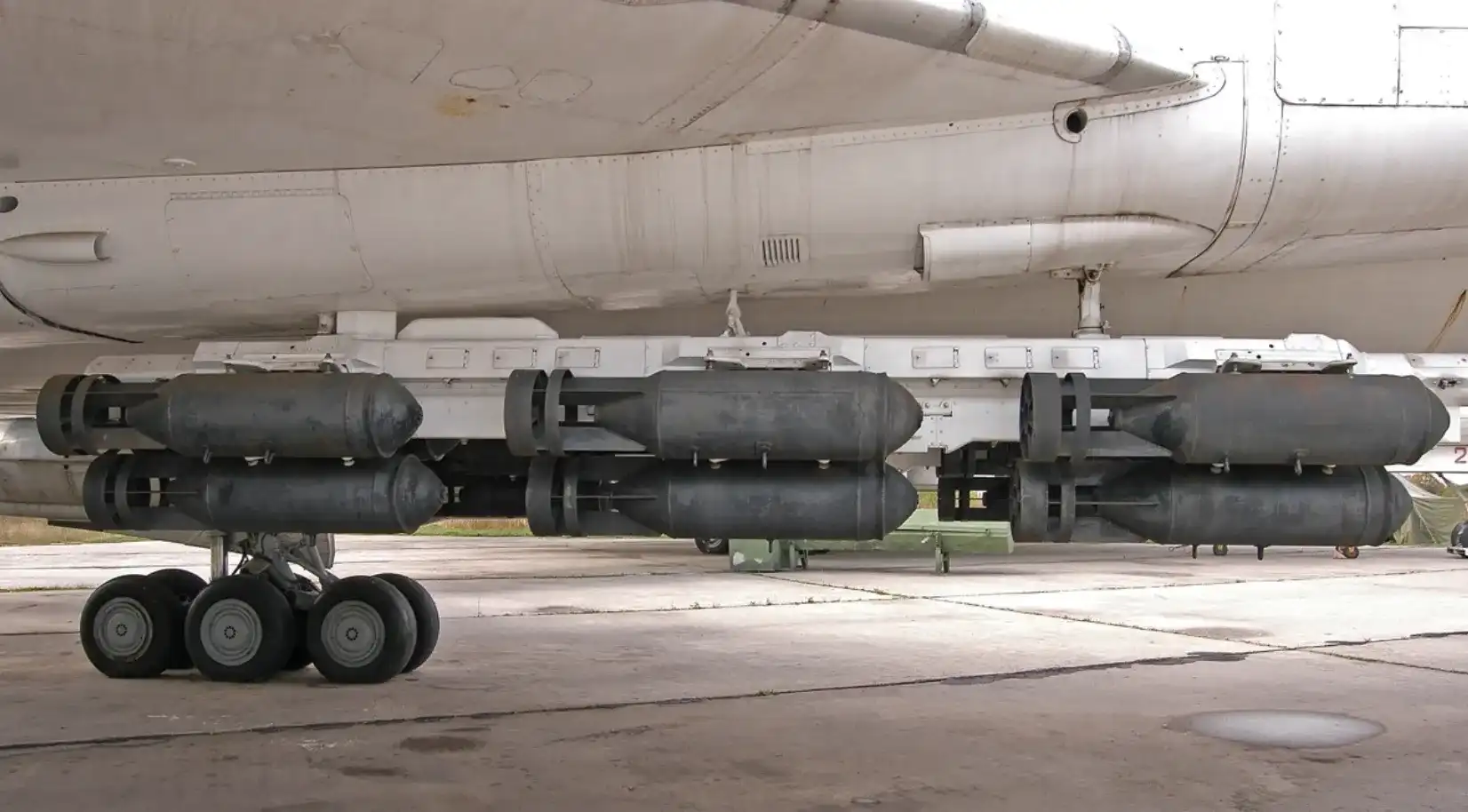
However, newer Su-34 bombers have faced significant issues with FAB-500 bombs detaching unexpectedly from their wing pylons. In the past four months alone, up to 93 bombs have accidentally fallen from these aircraft, primarily over Belgorod province.
The most serious incident involved a bomb hitting an apartment building, resulting in multiple fatalities. Russian authorities have attributed these incidents to so-called “terrorist” actions by Ukrainian forces.
Last year, an insider familiar with the FAB-500 M62 guidance kits disclosed that the issue of bombs detaching mid-flight had been well-documented. During one test flight, for example, the bomb unexpectedly descended after becoming detached.
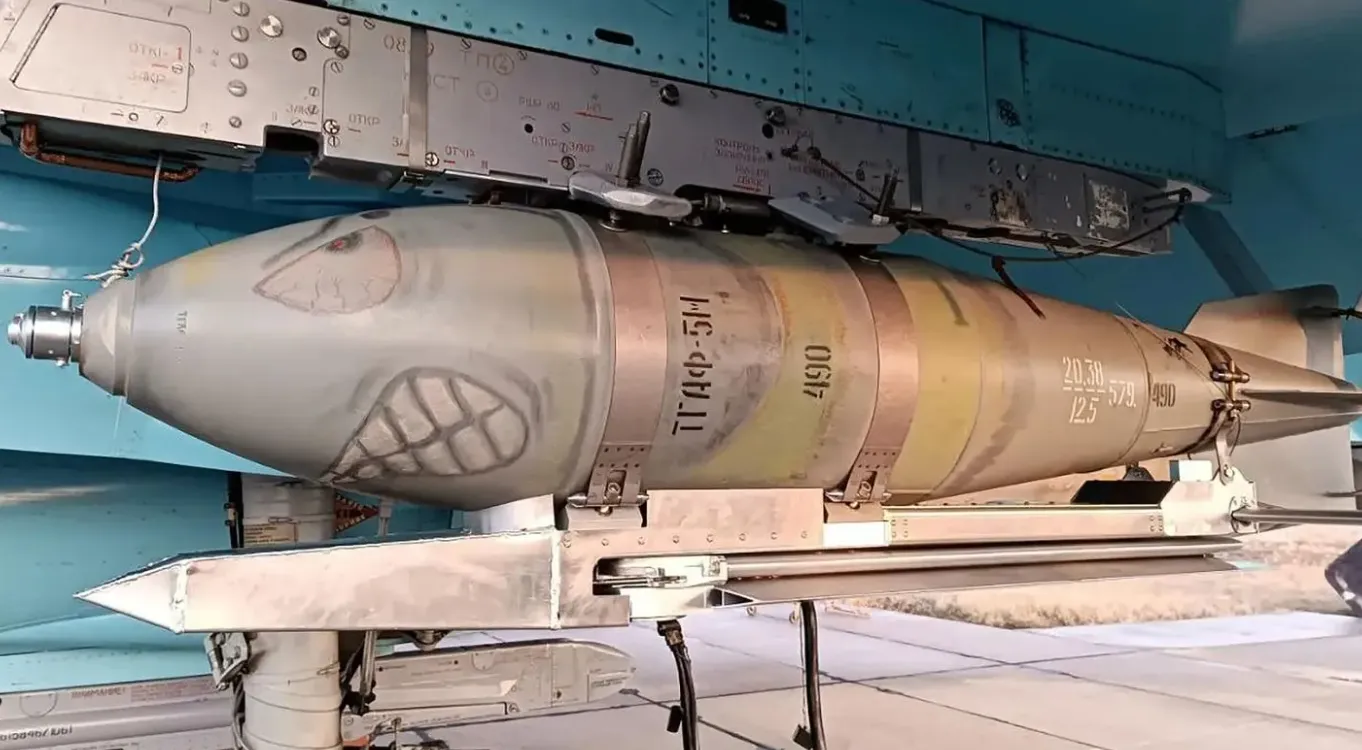
Engineers were aware of this flaw, referring to it as an “abnormal descent” risk when FAB-500 glide bombs were mounted on Su-34s. As is often the case in Russia, such failures were reportedly concealed to avoid displeasing the Ministry of Defense.
Read also: How Do Glide Bombs Work
The UMPK-equipped FAB-3000 bomb has a reported circular error probable (CEP) of 10 meters, meaning that statistically, half of the bombs dropped should land within a 10-meter radius of the intended target. However, this estimate may be overly optimistic.
Footage shared on platforms like Telegram often shows the FAB-3000 hitting close to targets but not achieving precise strikes. This suggests the actual CEP might be closer to 50 meters. Due to limited data, the exact accuracy is hard to determine and could potentially improve as the system undergoes further development.
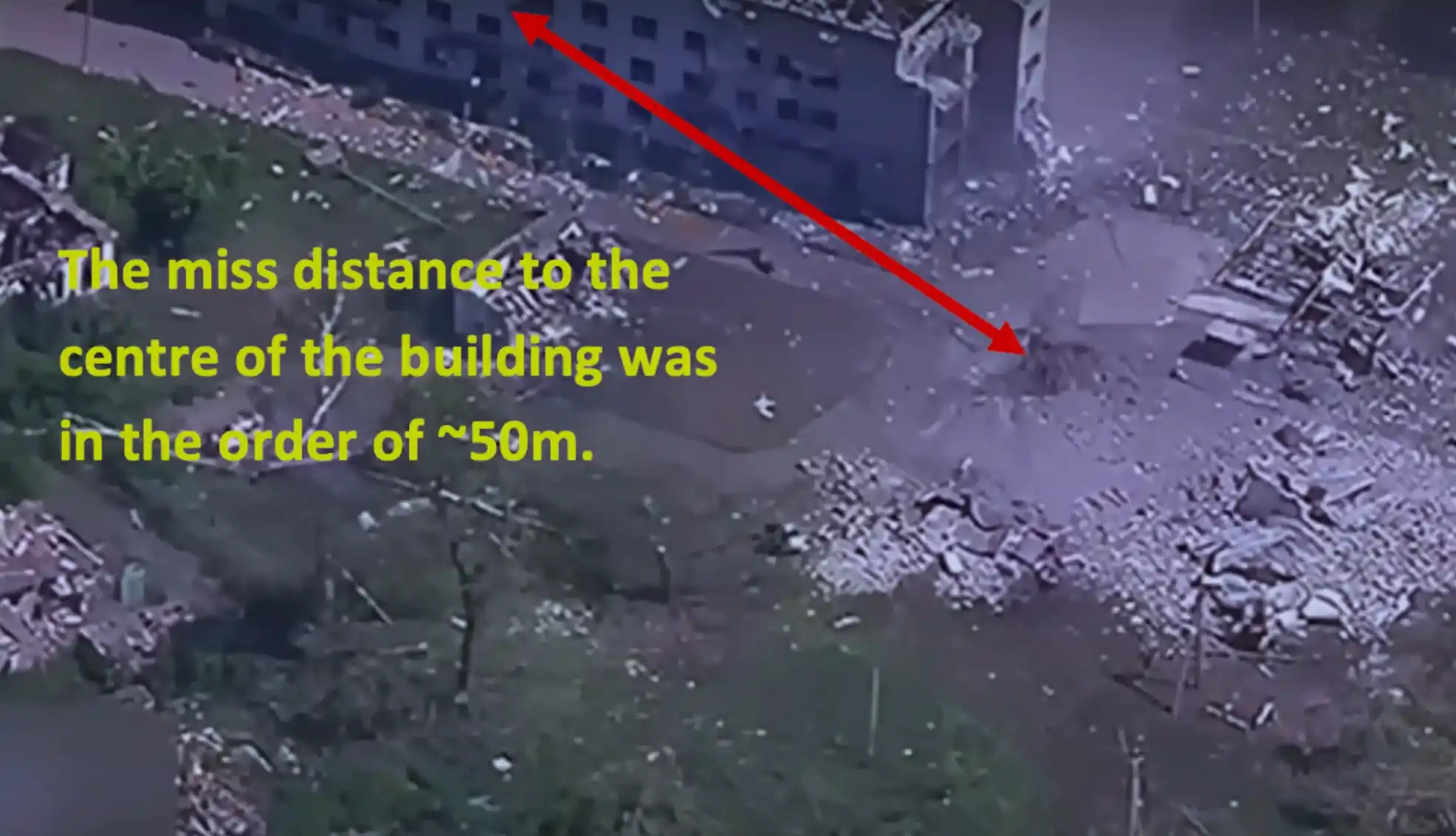
The relatively low precision of the UMPK-equipped FAB-3000 bomb has led some Russian military analysts to question its effectiveness.
For instance, the prominent Fighterbomber channel has argued that in most situations, the Russian Air Force might benefit more from deploying a greater number of smaller bombs, rather than relying on a few large ones.
Fighterbomber has also advocated for improving the guidance accuracy of the UMPK system, rather than attempting to offset its inaccuracy by using larger munitions.
Inaccuracy has been an issue with smaller UMPK-equipped bombs as well. However, when an aircraft like the Su-34 deploys multiple bombs, such as four UMPK-equipped FAB-500s, the likelihood of hitting the target increases, as at least some of the bombs are expected to strike.
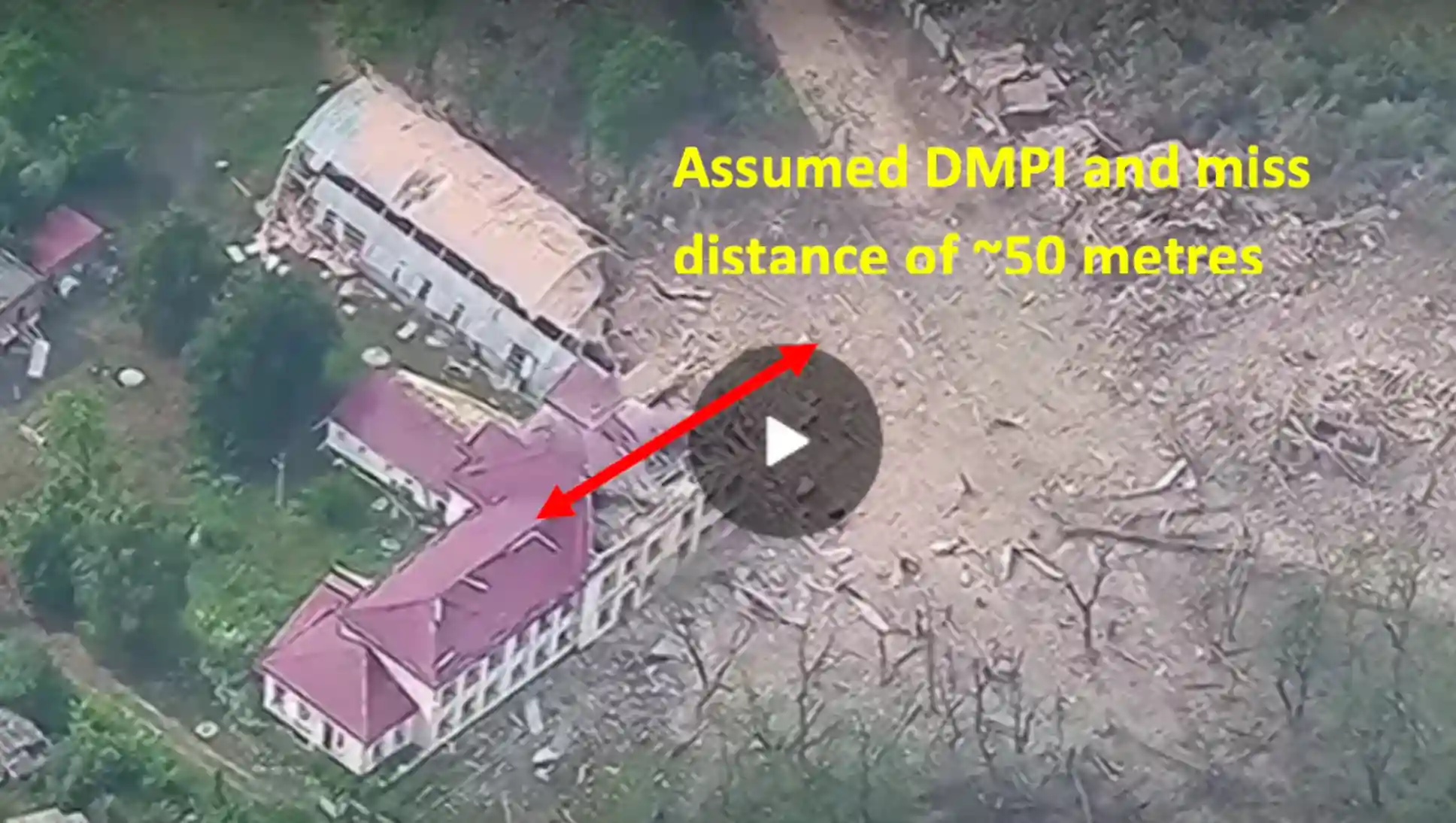
In response to these accuracy challenges, Russian forces have been working to upgrade the UMPK’s guidance system, making it more resistant to electronic jamming. There are indications that these improvements have already yielded some positive results.
Additionally, the Russian defense industry is reportedly developing an enhanced version of the UMPK, which is expected to have a longer range and, potentially, improved accuracy.
Russian designers have developed a functional universal planning and correction module (UMPC) for the FAB-3000 bomb, but the system is displaying a significant lack of precision—far beyond what would be acceptable by Western military standards.
Despite this shortcoming, Russian military leadership may not be particularly concerned. Their focus seems to lie more in showcasing their possession of large-scale weaponry, such as the symbolic “Tsar Bomba,” rather than ensuring pinpoint accuracy. This aligns with a broader mentality in Russian military strategy.
The first five deployments of the FAB 3000 bomb could very well have been test runs. At the time of writing, reports suggest up to 12 such bombs may have been launched, although some accounts raise doubts, suggesting that some strikes could have involved different bomb calibers.
For perspective, Russia launches between 50 and 100 glide bombs daily, making the FAB-3000 bomb less than 1% of their overall bombing efforts. This raises the possibility that the use of the FAB-3000 bomb is more of a demonstration of power than a serious tactical threat.
One of the earliest versions of the FAB-3000 family is the M-46, introduced during the late 1940s and early 1950s.
This variant was designed during the Cold War to address the need for a high-explosive bomb capable of causing massive damage to fortified structures and troop concentrations.
It was typically dropped from high-altitude bombers such as the Tu-16 and Tu-4, and its massive size and explosive yield made it highly effective in anti-fortification roles.
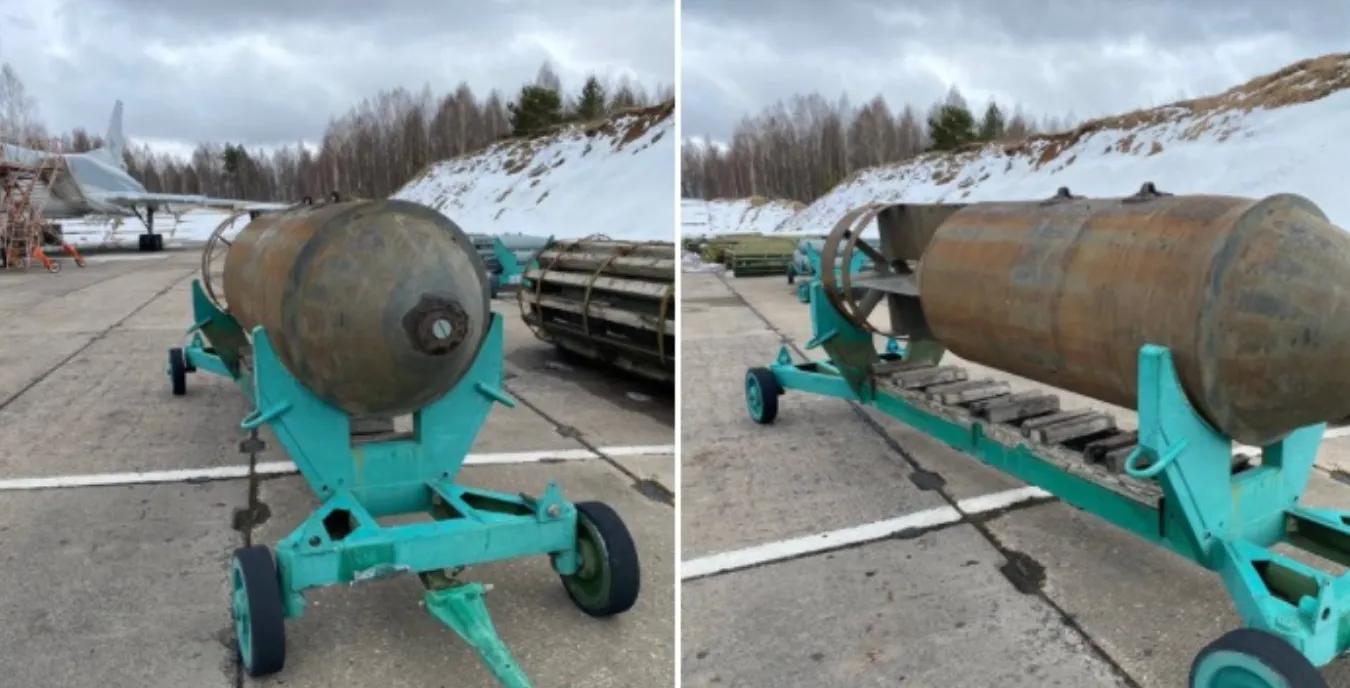
Key Features:
The base model of the FAB-3000 M54 was primarily designed as a high-explosive general-purpose bomb, focusing on the delivery of a massive payload to heavily fortified targets.
This version has remained relatively unchanged in its design since its introduction. It was typically carried by larger Soviet bombers and used for high-altitude, long-range bombing missions.
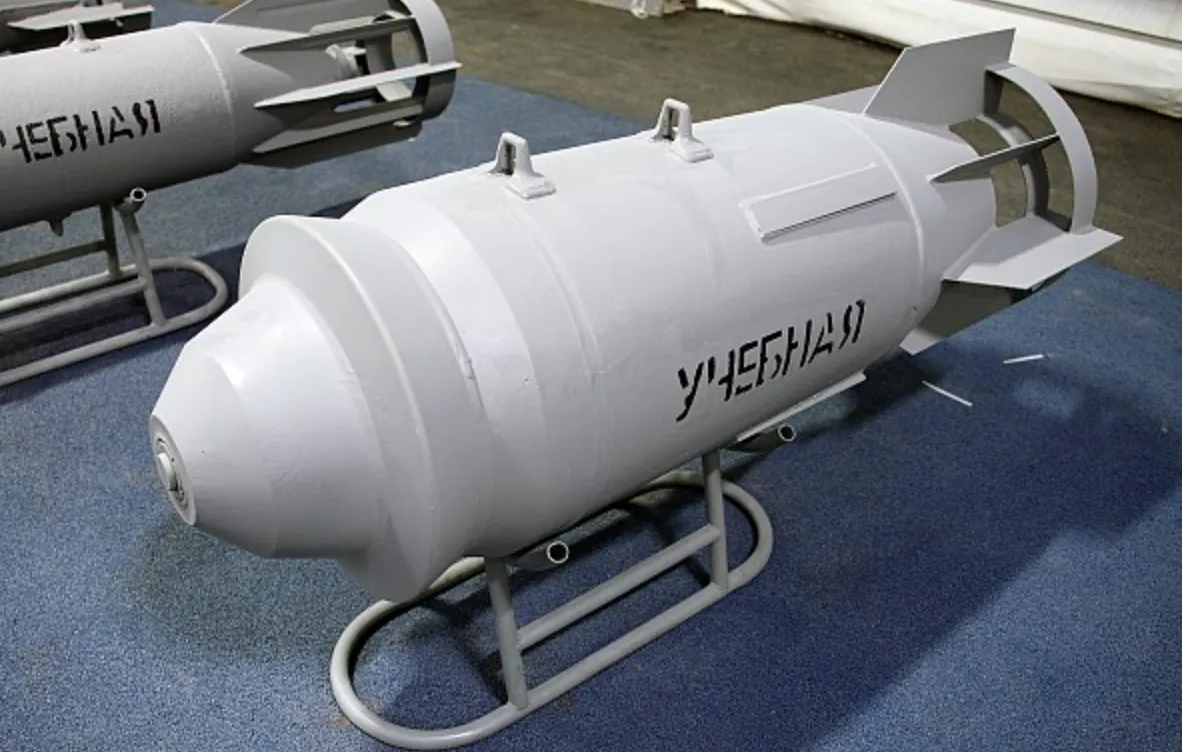
Key Features:
The FAB-3000 M-62 represents an evolution of the earlier FAB-3000 bombs, incorporating advancements in bomb casing and explosive materials.
Developed during the 1960s, the M-62 variant was designed to increase the blast radius while maintaining its unguided, free-fall characteristics.
The improved design allowed for better aerodynamic stability and penetration power.

Key Features:
Share
Defense Feeds is publication focusing on informing, engaging, and empowering the world by providing accurate information from defense technology.
Powered by Defense Feeds © 2025 – All rights reserved.